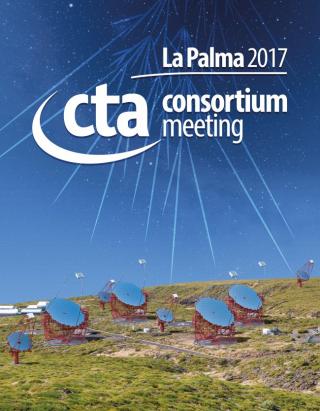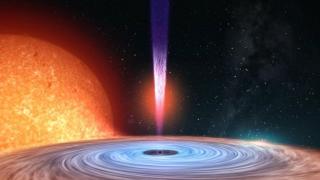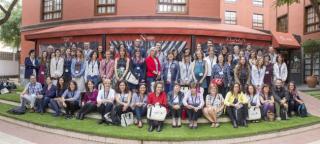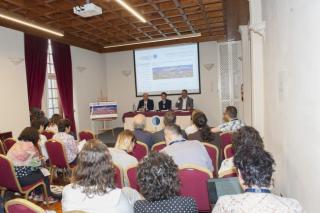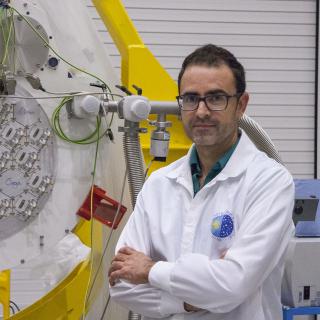
Con el objetivo común de dar a la comunicación y a la divulgación científicas un papel destacado en el ecosistema innovador e investigador, nació en 2015 el Foro 100xCIENCIA, organizado por los centros de excelencia Severo Ochoa y del que el Instituto de Astrofísica de Canarias (IAC) fue anfitrión y organizador local. En estos días, los Centros y Unidades de Excelencia en investigación de España comparten experiencias e intercambian ideas con el fin de identificar los obstáculos que afectan a la circulación del conocimiento entre los sectores público y privado y analizar nuevos conceptos y
Advertised on
